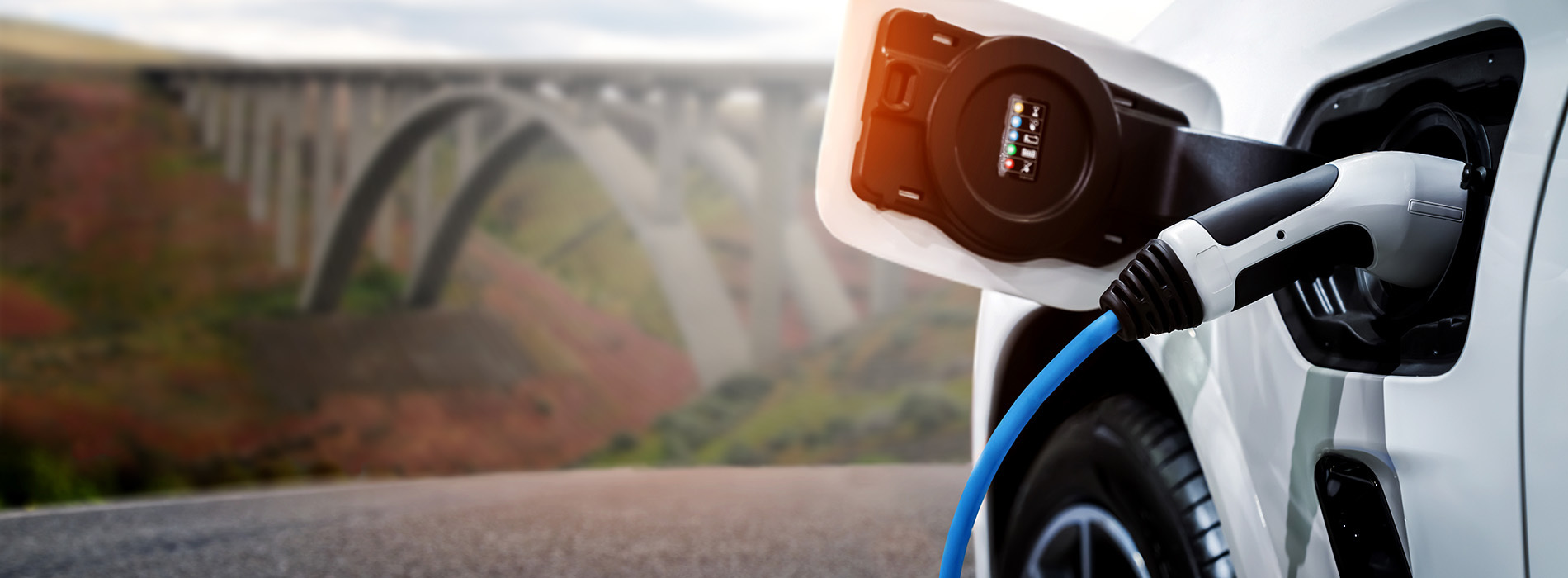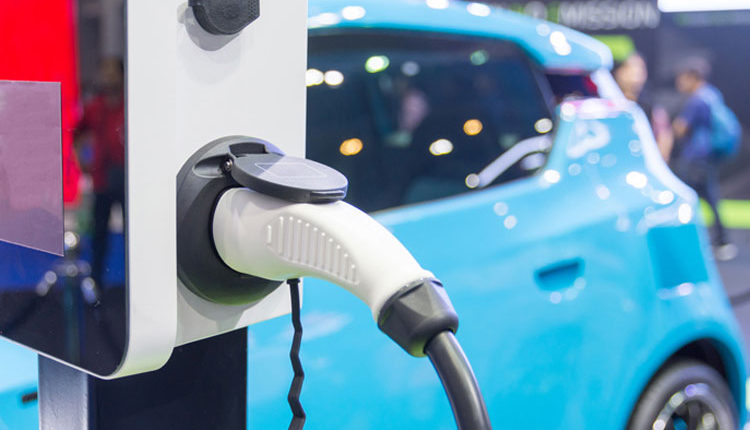What’s Driving the Growth of EV Infrastructure? Buy EV Charging news for Key Updates
What’s Driving the Growth of EV Infrastructure? Buy EV Charging news for Key Updates
Blog Article
Leading EV Charging News: Secret Updates on Facilities and Technology

Recent Developments in Fast-Charging Modern Technology

Furthermore, improvements in battery technology, consisting of enhanced thermal management systems and greater power thickness batteries, complement fast-charging capabilities. These developments minimize the threat of battery destruction during rapid charging, ensuring longevity and performance for EV proprietors.
Furthermore, the integration of clever charging remedies is enhancing customer experience, allowing real-time monitoring and dynamic rates designs. EV Charging news. This adaptability permits drivers to maximize billing costs and times based upon grid need
As automakers proceed to purchase fast-charging networks, the cooperation between market stakeholders is critical. Collaborations in between billing station carriers and automotive manufacturers are leading the way for substantial insurance coverage, inevitably promoting a much more durable EV environment. These innovations are pivotal in supporting the change to sustainable transportation.
Federal Government Campaigns for Charging Expansion
Federal government campaigns play a vital role in the growth of electric car (EV) billing framework, promoting the change to lasting transport. Different federal and state programs are being carried out to improve charging availability, decrease the financial burden on consumers, and advertise the adoption of electrical vehicles.
Notably, the united state federal government has actually alloted significant funding through the Facilities Financial Investment and Jobs Act, which earmarks $7.5 billion for EV charging network development throughout the country. This financing is targeted at releasing countless new charging terminals, especially in underserved locations, consequently resolving array stress and anxiety among possible EV purchasers.
Additionally, various states are passing regulations to streamline the allowing procedure for charging station installations, which is critical for speeding up implementation. Rewards such as tax credit ratings and discounts for both consumers and companies are additionally being introduced to motivate the installation of billing facilities.
Furthermore, public-private partnerships are significantly becoming an emphasis, leveraging private financial investment to match government funding. These campaigns highlight a joint method crucial for building a reliable and extensive EV charging network, inevitably adding to a greener and even more lasting future.
Cutting-edge Battery Solutions Enhancing Effectiveness
Revolutionizing the landscape of electric car (EV) innovation, innovative battery solutions are significantly boosting performance and efficiency. Developments in battery chemistry, specifically with lithium-sulfur and solid-state batteries, are bring about enhanced power density, which permits longer varieties and faster charging times. These new battery types have the potential to exceed standard lithium-ion batteries by supplying higher abilities while minimizing weight, thus enhancing general lorry effectiveness.
Furthermore, advancements in battery monitoring systems (BMS) are optimizing power use and prolonging battery life-span. Intelligent algorithms check battery wellness and performance, enabling real-time changes to charging and discharging processes. This not only improves the performance of the battery however likewise makes sure a more trusted and sustainable power resource for EVs.
Additionally, the integration of reusing modern technologies is addressing the ecological impact of battery production and disposal. Advancements in second-life applications for EV batteries are promoting their use in energy storage systems, adding to a circular economic situation.
As these get more innovative battery options continue to advance, they promise to change the EV market, making electrical automobiles extra accessible and appealing to a broader target market while sustaining global sustainability goals.

Partnership Between Automakers and Billing Networks
Recognizing the critical need for a durable charging framework, car manufacturers are significantly working together with billing network suppliers to enhance the EV possession experience (EV Charging news). These partnerships aim to create a seamless charging environment that profits consumers and supports the change to electric vehicles
Significant automobile brand names are joining pressures with established billing networks to other expand their billing station insurance coverage, making sure motorists have access to practical and dependable charging options. Collaborations with networks like ChargePoint and Electrify America enable automakers to incorporate billing services straight right into their lorries' navigation systems, leading customers to the nearest stations and offering real-time availability updates.
Additionally, these collaborations usually result in the growth of fast-charging innovations that dramatically lower the moment required to reenergize an EV. By merging resources and proficiency, car manufacturers and charging networks can innovate faster, developing solutions that meet the expanding demand for electrical flexibility.
On top of that, joint campaigns might also result in even more standard charging methods, which can relieve customer complication and promote wider EV adoption. Overall, these tactical alliances are critical in building a user-friendly and efficient charging framework that satisfies the needs of an expanding electric vehicle market.
Obstacles Facing EV Charging Facilities
As the electrical vehicle market remains to grow, numerous obstacles are emerging that hinder the advancement of a comprehensive charging infrastructure. Among the primary obstacles is the not enough number of billing terminals, especially in underserved and country city locations. This space creates array anxiety amongst prospective EV purchasers, hindering them from making the switch.
Furthermore, the absence of standardization accountable technology complicates the framework landscape. Variations in plug kinds and charging rates can develop complication for individuals and boost operational intricacies for billing network operators. Moreover, the assimilation of charging stations into existing electric grids presents significant obstacles. Numerous regions deal with capacity restrictions, needing considerable financial investments in grid upgrades to accommodate increased demand.
One more pressing hop over to these guys concern is the high expense connected with the setup and maintenance of charging terminals, which can be a barrier for both public entities and personal companies. Finally, regulative difficulties and zoning constraints can delay the release of billing facilities, hindering progression in increasing crucial solutions. Resolving these difficulties will be vital for cultivating a durable EV ecosystem that supports the transition to sustainable transport.
Final Thought
In conclusion, the recurring advancements in EV billing innovation, supported by substantial government efforts and innovative battery services, are important for the expansion and performance of electrical automobile facilities. Partnerships between car manufacturers and billing service providers further improve terminal protection, addressing the growing demand for easily accessible charging alternatives. Regardless of challenges that linger within the EV billing landscape, these advancements indicate a favorable trajectory in the direction of a much more lasting and effective electric vehicle community.
Technologies in billing infrastructure have led to the advancement of ultra-fast battery chargers qualified of supplying up to 350 kW of power, dramatically decreasing charging times. Variants in plug types and billing rates can produce complication for customers and boost functional intricacies for billing network drivers.In conclusion, the recurring improvements in EV charging technology, sustained by considerable government efforts and ingenious battery services, are crucial for the growth and performance of electric car facilities. Collaborations between automakers and charging providers better improve station insurance coverage, dealing with the growing need for available billing options. Despite obstacles that continue within the EV billing landscape, these developments represent a positive trajectory towards a more sustainable and effective electric car environment.
Report this page